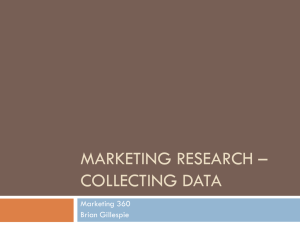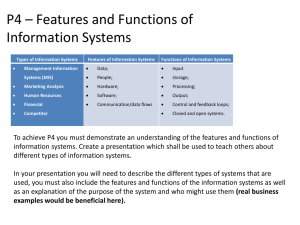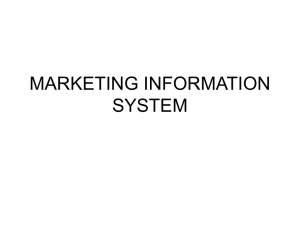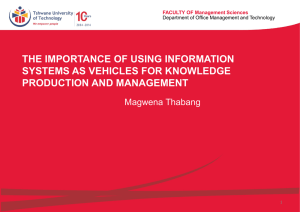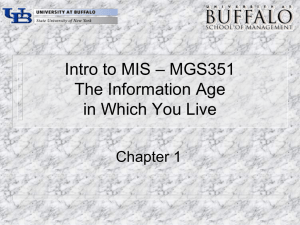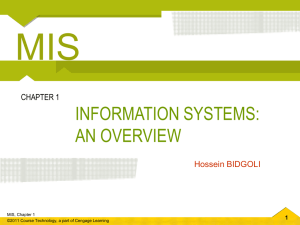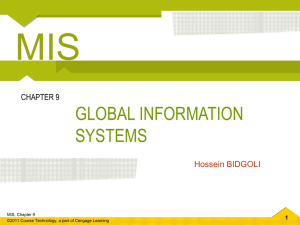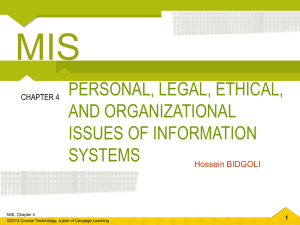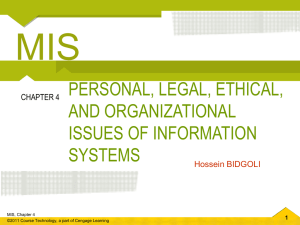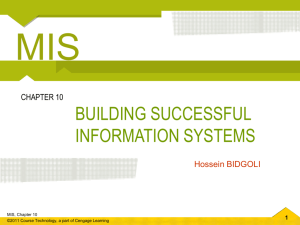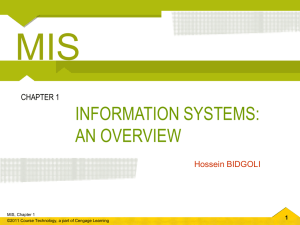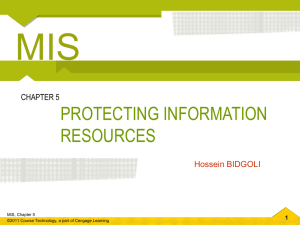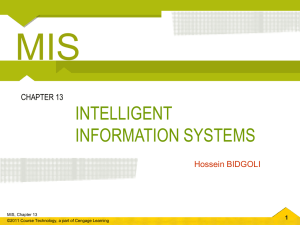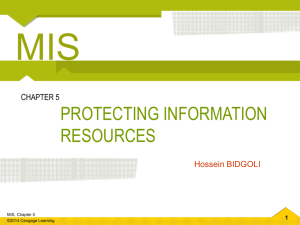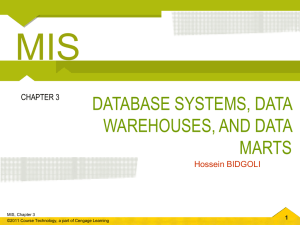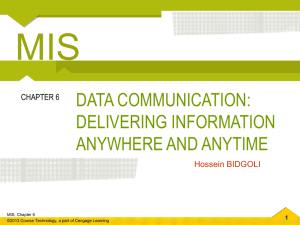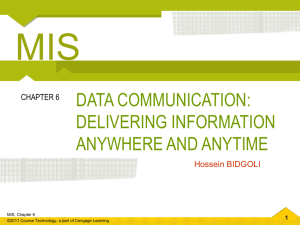4. Personal, Legal, Ethical, and Organizational Issues of Information
advertisement
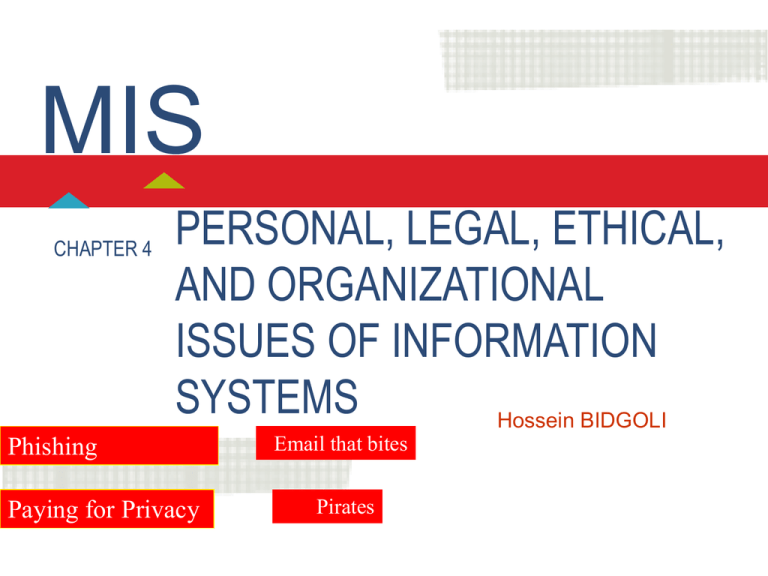
MIS CHAPTER 4 PERSONAL, LEGAL, ETHICAL, AND ORGANIZATIONAL ISSUES OF INFORMATION SYSTEMS Hossein BIDGOLI Phishing Paying for Privacy Email that bites Pirates Misuses of information technology ◦ Invade users’ privacy ◦ Commit computer crimes Computer fraud ◦ Unauthorized use of computer data for personal gain Social networking sites ◦ Used for committing computer crime Examples ◦ ◦ ◦ ◦ ◦ Denial-of-service attacks Identity theft Software piracy Distributing child pornography E-mail spamming ◦ Writing or spreading viruses, worms, Trojan programs, and other malicious code ◦ Stealing files ◦ Changing computer records ◦ Virus hoaxes ◦ Sabotage THIS IS A COMPUTER CRIME! 82% come from inside the organization (employees) 9-11 Unauthorized Access A person gaining entry to a computer system for which they have no authority to use such access Paying for Privacy Concerns about privacy in the workplace Misuse and abuse of information gathered by: …. Defining privacy is difficult Number of databases increasing rapidly U.S. government began linking large databases to find information Acceptable use policies ◦ Direct marketing companies major user of this information Email that bites Presents some serious privacy issues Spamming ◦ Unsolicited e-mail sent for advertising purpose ◦ Sent in bulk by using automated mailing software Ease of access ◦ People should assume that others could have access to their messages ◦ Any e-mails sent on company-owned computers are the property of the organization Ethics and ethical decision making ◦ Moral guidelines people or organizations follow in dealing with others ◦ More difficult to determine than legal cersus illegal Pirates Intellectual property ◦ Protections that involve copyrights, trademarks, trade secrets, and patents for “creations of the mind” developed by people or businesses Industrial property ◦ Inventions, trademarks, logos, industrial designs Copyrighted material Cybersquatting ◦ Registering, selling, or using a domain name to profit from someone else’s trademark MIS, Chapter 4 ©2011 Course Technology, a part of Cengage Learning 21 MIS, Chapter 4 ©2011 Course Technology, a part of Cengage Learning 22 MIS, Chapter 4 ©2011 Course Technology, a part of Cengage Learning 23 MIS, Chapter 4 ©2011 Course Technology, a part of Cengage Learning 24 MIS, Chapter 4 ©2011 Course Technology, a part of Cengage Learning 25 MIS, Chapter 4 ©2011 Course Technology, a part of Cengage Learning 26 MIS, Chapter 4 ©2011 Course Technology, a part of Cengage Learning 27 MIS, Chapter 4 ©2011 Course Technology, a part of Cengage Learning 28 MIS, Chapter 4 ©2011 Course Technology, a part of Cengage Learning 29 MIS, Chapter 4 ©2011 Course Technology, a part of Cengage Learning 30 MIS, Chapter 4 ©2011 Course Technology, a part of Cengage Learning 31 Chapter 4 Personal, Legal, Ethical, and Organizational Issues ofPhishing Information Systems Phishing ◦ Sending fraudulent e-mails that seem to come from legitimate sources Direct e-mail recipients to false Web sites ◦ To capture private information MIS, Chapter 4 ©2011 Course Technology, a part of Cengage Learning 32



